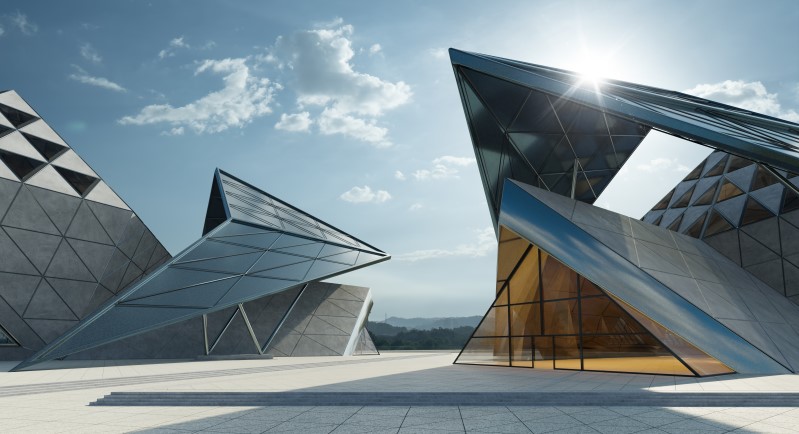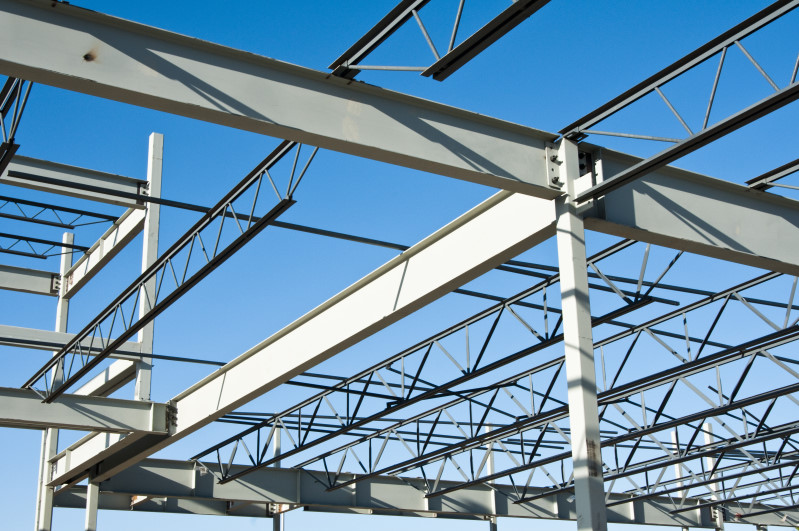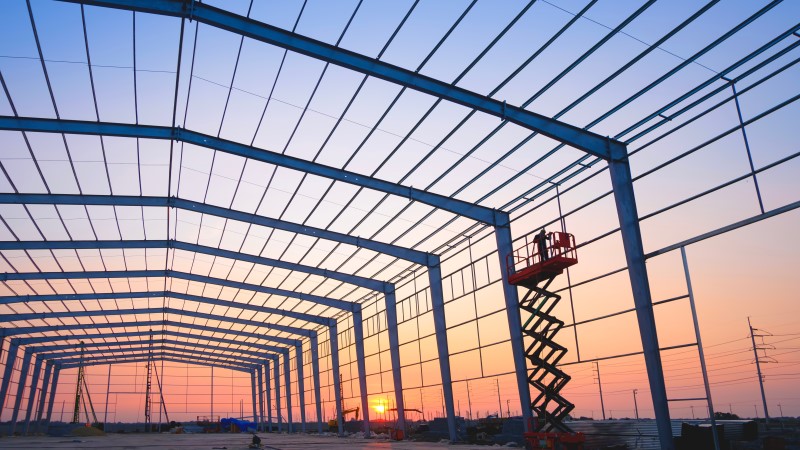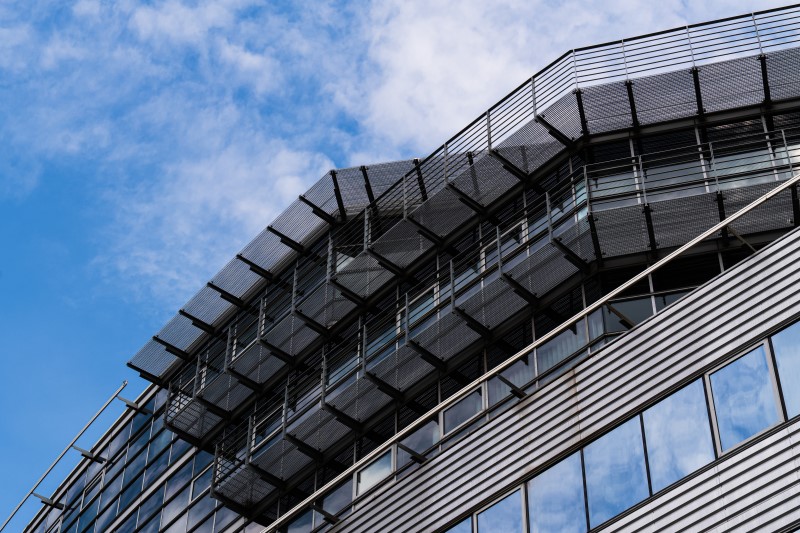Structural
Structural Applications of Stainless Steel
Structural Elements
Used for beams, columns, and other structural components, it contributes to the stability and longevity of buildings.
Wall Cladding and Facades
It is valued for its sleek and contemporary finishes, transforming the appearance of buildings.
Decorative Details
Used for decorative elements such as railings, doors, and staircases, it adds a touch of elegance and sophistication.
Bridges and Stations
Its robustness and ability to withstand severe weather conditions make it an ideal choice for transportation infrastructure.
Stainless steel is also valued for its ability to retain its luster over time, making it a preferred choice for modern construction projects.
Structural Aluminum
Properties of Aluminum Structures
Lightweight
Aluminum is significantly lighter than steel, which facilitates its handling and transport, potentially reducing overall construction costs.
Strength
Despite its lightness, aluminum has an excellent strength-to-weight ratio, making it suitable for various structural applications.
Corrosion Resistance
Aluminum naturally forms a protective oxide layer, which helps resist corrosion, making it ideal for outdoor and marine environments.
Applications
Building Frames
Used in the construction of residential, commercial, and industrial buildings due to their strength and durability.
Balconies and Terraces
Companies specialize in creating high-quality aluminum structures for outdoor spaces, offering robust and aesthetic designs.
Bridges and Infrastructure
Aluminum is also used in civil engineering projects, including bridges and other infrastructure, thanks to its lightweight and strength properties.
Conclusion

Applications
Download the complete catalog



